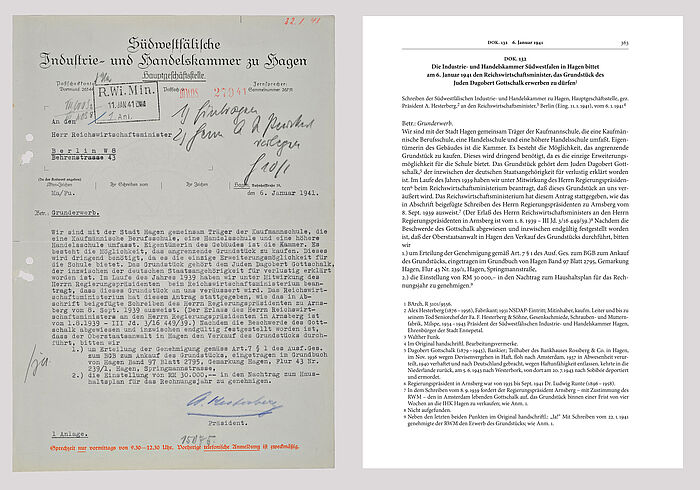The Edition VEJ | News | Volumes of the VEJ | The English Edition PMJ | PMJ Volumes | Contributors | The Sources Speak
Geography & Chronology | Sources & Perspectives | Method of Citation | Editorial Prefaces & Format of the Documents and Volumes
Project Preparations
There is a long road from the document pages in the archives to the annotated and published documents of the edition. In addition to better known major sources on the Holocaust, the researchers searched the archives of the world for hitherto unpublished material. This was found in the form of a wide variety of sources: Private letters and diary entries, poems, printed speeches, articles, official documents, and legal texts. In some cases, researchers were granted permission by relatives to include private documents into the volumes. The selection of the documents was coordinated with the editorial board.
A wide range of documents was professionally translated from over 20 languages into German – and now into English.
The annotations also require considerable research and the perusal of the relevant literature, databases, and archives, as well as inquiries sent to governmental agencies, associations, and individual people. The goal of providing an introductory biographical footnote for each person featured could not always be achieved even despite intensive research, as information is often lost to posterity especially in countries that placed little value in preserving it. The persecutors themselves generally had an interest in allowing these traces to be lost.
Indices of people, places, and institutions are provided in the volumes to improve ease of use. Lists of archives and abbreviations as well as a glossary are also included.

